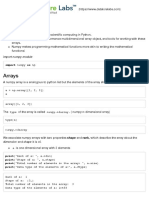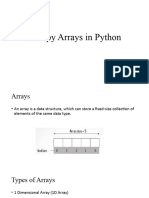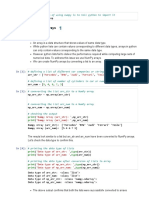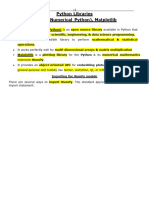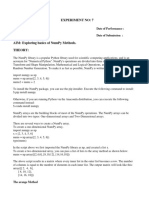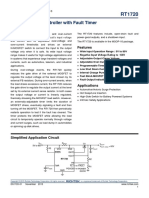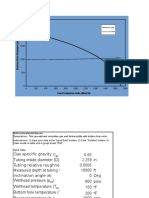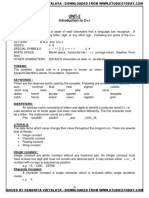0% found this document useful (0 votes)
7 views35 pagesLecture 7
The document covers various topics related to arrays in programming, including creating lists using range(), performing simple statistics, and utilizing NumPy for mathematical operations with arrays. It explains list comprehensions, slicing, and addressing arrays, as well as multi-dimensional arrays and matrix operations. Additionally, it includes quizzes and tasks to reinforce the concepts learned.
Uploaded by
BISMA OSCAR PERDANA KUSUMACopyright
© © All Rights Reserved
We take content rights seriously. If you suspect this is your content, claim it here.
Available Formats
Download as PDF, TXT or read online on Scribd
0% found this document useful (0 votes)
7 views35 pagesLecture 7
The document covers various topics related to arrays in programming, including creating lists using range(), performing simple statistics, and utilizing NumPy for mathematical operations with arrays. It explains list comprehensions, slicing, and addressing arrays, as well as multi-dimensional arrays and matrix operations. Additionally, it includes quizzes and tasks to reinforce the concepts learned.
Uploaded by
BISMA OSCAR PERDANA KUSUMACopyright
© © All Rights Reserved
We take content rights seriously. If you suspect this is your content, claim it here.
Available Formats
Download as PDF, TXT or read online on Scribd
/ 35
